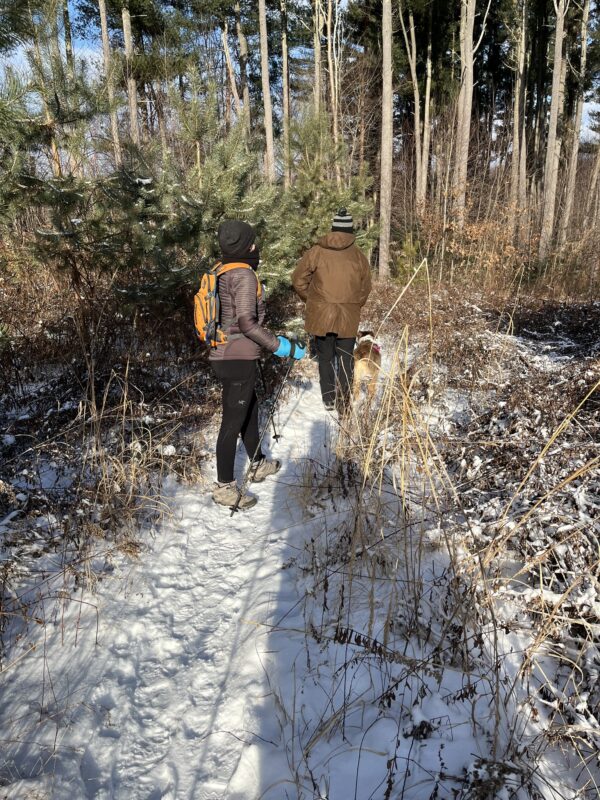Introduction:
Do fears of rolling an ankle or spraining a knee keep you from enjoying outdoor activities like hiking or trail running? You’re not alone. The fear of injury often discourages people from engaging in such activities. However, what many may not realize is that these very activities are among the best ways to enhance joint stability and prevent injuries.
The Intelligent Body:
Our bodies are incredibly intelligent, designed to navigate uneven terrains and maintain stability in various directions. Unfortunately, modern lifestyles often involve prolonged periods of sitting and limited physical activity. Engaging in activities that challenge our joints is crucial, as each joint contains mechanoreceptors responsible for spatial awareness. These receptors become stronger with regular use, contributing to overall joint health.
Neuroplasticity and Joint Health:
The concept of neuroplasticity comes into play, the idea that neurons that wire together fire together. The more these mechanoreceptors are triggered, the quicker our bodies respond to potential injury. Activities that put joints in challenging positions, like walking on uneven terrain, help activate these receptors. This stretch response signals the brain to contract and protect the joint, reducing the risk of sprains and strains.
Getting Started:
You can naturally enhance joint stability through simple activities like using wobble boards, stability balls, or standing on one leg with closed eyes. Alternatively, embracing outdoor activities like hiking on unpaved trails or starting with a gentle trail run can have similar benefits. The key is to gradually expose your body to different terrains, allowing it to adapt and strengthen over time.
Overcoming Fear through Action:
Contrary to common belief, avoiding physical activities due to fear of injury may actually increase the risk of harm through inactivity. You don’t need to conquer towering mountains or participate in extreme races; starting with local hiking trails and gradually progressing is a great way to build a dependable and resilient body.
Conclusion:
By understanding the role of mechanoreceptors, neuroplasticity, and the importance of challenging our bodies, we can break free from the fear of injury and embrace outdoor activities that contribute to joint stability. So, lace up your hiking boots, hit the trails, and let your body thrive in the natural and uneven beauty of our Morris County parks.
| Dr. Billy Stetzel is a chiropractor and the owner of SoVita Chiropractic Center – Morristown. He can be reached at dr.stetzel@sovitamorristown. |

